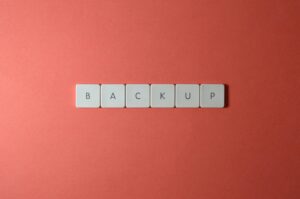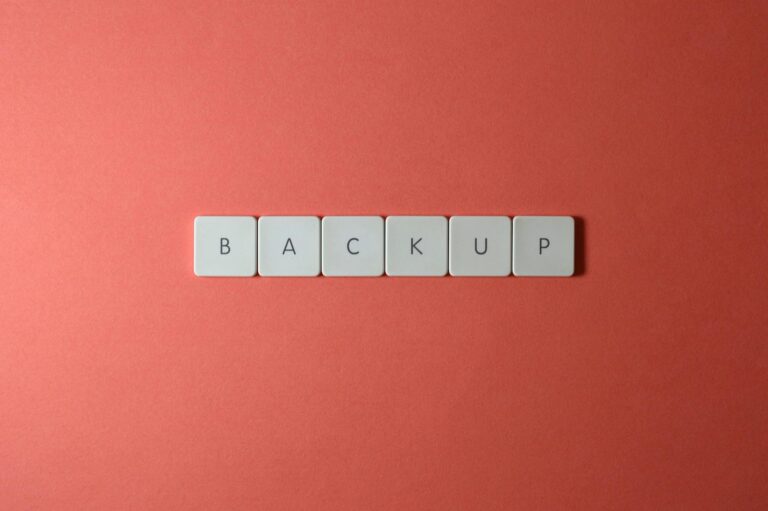SpaceX Just Shot 26 More Starlink Satellites Into Space—Here’s Why It Matters
So another SpaceX launch happened—big surprise, right? But this one’s different. On June 12th, their trusty Falcon 9 (this particular booster’s flown 15 times already, which is nuts) took off from California carrying 26 shiny new Starlink satellites. That brings the total up to over 7,600 of these things buzzing around up there. Now you might be thinking, “Cool story, but how does this affect my Netflix binge sessions?” Well, let me break it down for you.
1. The Launch: What Actually Went Down
1.1 The Nitty-Gritty Details
Date: June 12, 2025
Where: Vandenberg Space Force Base (California, obviously)
Rocket: Falcon 9 (they’re basically reusing these things like grocery bags now)
What’s inside: 26 Starlink v2 Mini satellites
1.2 Some Crazy Stats
- This was the 72nd Falcon 9 launch this year alone—SpaceX’s really cranking these out like iPhones.
- Over 50 missions just for Starlink in 2025. That’s commitment.
- The booster landed perfectly on their droneship with that ridiculous name—”Of Course I Still Love You.” Only Elon would name a boat that.
2. What This Means for Starlink’s Network
2.1 How Many Satellites Are Up There Now?
Remember when Starlink first started with like 800 satellites back in 2020? Yeah, now we’re at 7,600+. It’s like comparing a bicycle to a bullet train—except in space.
2.2 How’s the Service Actually Improving?
- Speed: Average downloads now hit 150 Mbps—that’s enough for 4K streaming while your kid’s gaming and your partner’s on Zoom. Mostly.
- Lag: Down to about 25ms. Not quite fiber-optic good, but way better than that “high-speed” rural internet you’ve been suffering with.
- Coverage: They’re even reaching Antarctica now. Penguins streaming Netflix—that’s the future we signed up for.
3. Why You Should Actually Care
3.1 Internet for Places That Usually Get Screwed
Here’s the thing—if you live somewhere where traditional ISPs can’t be bothered to run cables, Starlink’s a game-changer. Suddenly you can work remotely without wanting to throw your laptop out the window every time the connection drops.
3.2 Prices Might Actually Get Better
Word is they’re planning to drop prices as they launch more satellites. Right now:
- Home use: $99/month (and the hardware’s down to $299)
- RV/boats: $150/month (still cheaper than marina Wi-Fi)
3.3 What’s Coming Next?
Okay, this is where it gets wild. Once Starship starts launching, they could send up hundreds at a time. And airplane Wi-Fi might finally stop being a joke.
4. SpaceX’s Reuse Game Is Strong
4.1 This Booster’s Been Around
This particular Falcon 9 booster has flown 15 times. That’s more flights than some regional pilots. And each reuse saves millions—launch costs are down to under $15M compared to $60M for old-school disposable rockets.
4.2 It’s (Kinda) Greener Too
Fewer rockets blowing up means less space junk. Their carbon footprint per launch is shrinking faster than my willpower near free pizza.
5. What’s Next? More. Always More.
5.1 The Launch Schedule Is Packed
They’ve got about 100 more Starlink missions planned through 2025-26. And they’re starting to toss extra small satellites on these flights—like cosmic carpooling.
5.2 The Big Picture
They’re working on next-gen satellites with laser links (because why not?) and aiming for 12,000+ in orbit. Countries with crappy internet infrastructure are lining up—this could actually close the digital divide.
The Bottom Line
Look, another flawless SpaceX launch means better internet for more people. Whether you’re a gamer, a digital nomad, or just sick of your local ISP’s monopoly, this is good news. And you know Elon’s not done yet—guy’s got the attention span of a golden retriever in a squirrel convention.
Quick Facts:
– Falcon 9 Booster: B1081 (15 flights—basically a space taxi at this point)
– Satellites Deployed: 26 (the v2 Mini ones)
– Total Starlink Sats Now: 7,600+
– Speed/Lag: 150 Mbps, 25ms (good enough to yell at teammates in real time)
– Coming Soon: Starship launches, better mobile options
Source: Gadgets 360 – Feeds











